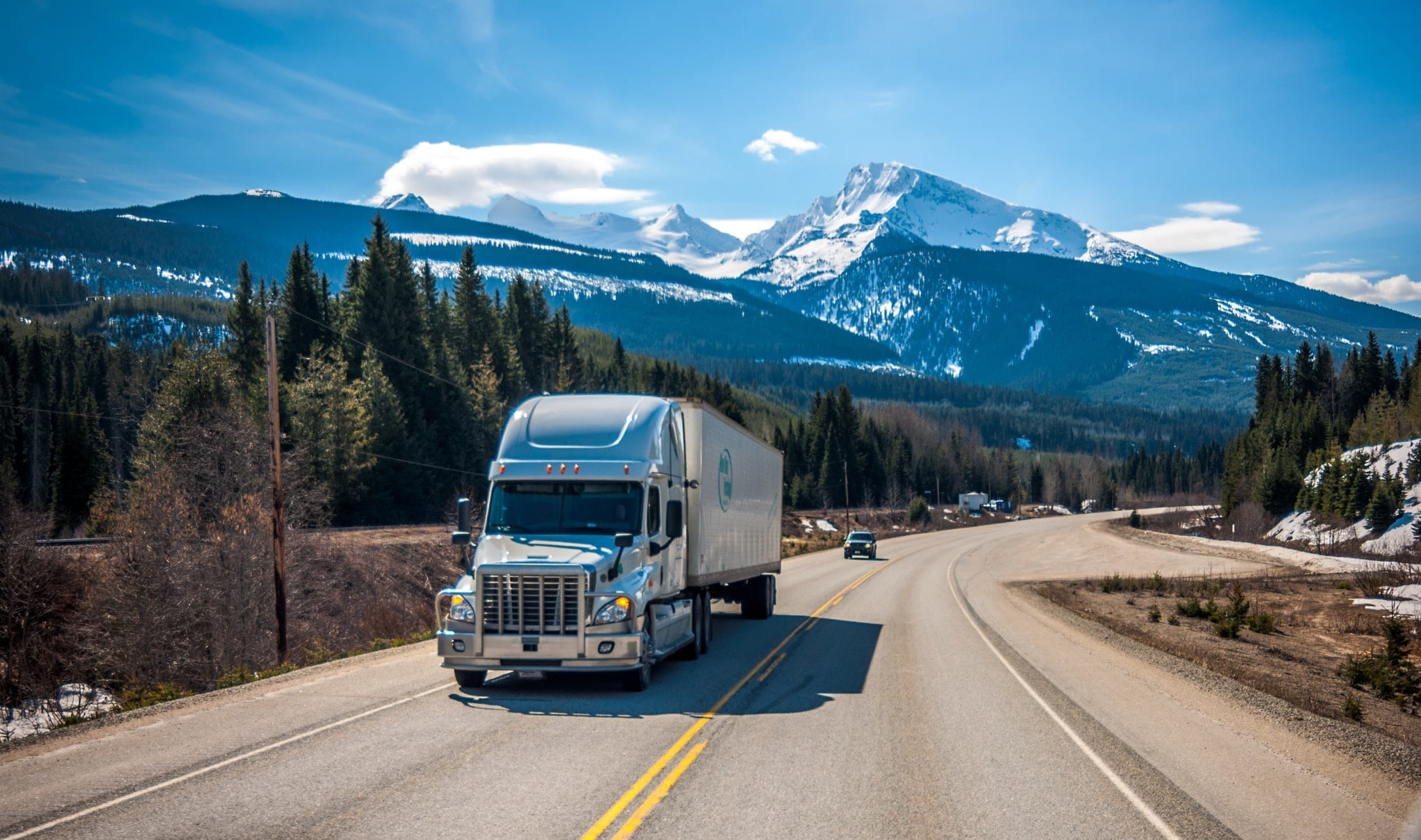Two years ago, the California Air Resources Board (CARB) announced plans to develop a new mandate to accelerate a widescale transition to zero emission medium-and heavy-duty vehicles. Since then, CARB has been developing the specifics of the Advanced Clean Truck (ACT) regulation, a rule that will soon affect fleets and vehicle manufacturers operating in California and likely set a precedent for clean vehicle regulations nationwide. Side note—the ACT regulation is not related to ACT Expo, but we certainly appreciate CARB’s promotion of our brand.
In August, CARB publicly presented draft language for what will become the official regulation. Whether operating in California or beyond, with new mandates coming down the way, what do fleets and vehicle manufacturers need to know now in order to prepare?
Manufacturer Zero Emission Vehicle (ZEV) Sales Requirement
Beginning in 2024, CARB will require medium- and heavy-duty vehicle manufacturers, that sell 500 or more vehicles in California annually, to produce and sell ZEVs as a percentage of their annual sales volume. The percentage required is determined by class and vehicle model year. According to their latest draft regulation, zero emission truck sales must account for 7% of Class 8 vocational truck sales for model year 2024, 24% for model year 2028, and eventually 50% for model year 2030. Manufacturers will be required to begin reporting annual sales data on March 31, 2022. Their average annual sales volume for model year 2021, 2022, and 2023 will be used to establish the number of ZEVs they must sell in MY 2024.
Beginning in 2024, CARB will require medium- and heavy-duty vehicle manufacturers, that sell 500 or more vehicles in California annually, to produce and sell ZEVs as a percentage of their annual sales volume.
By the end of 2030—seven model years after the mandate goes into effect—it is estimated that nearly 75,000 medium- and heavy-duty ZEVs will have been sold in California, including 4,000 Class 7-8 zero emission tractors. These sales volumes represent incredible growth given that major vehicle manufacturers have only recently begun demonstrating and piloting Class 8 zero emission tractors in very limited numbers.
Large Entity Reporting Requirement
By April 1, 2021, the CARB mandate will require large fleets (and large entities that hire fleets) to provide to the state regulatory agencies information on the fleet, its facilities, and its operations. CARB defines a large fleet as one operating more than 100 vehicles (GVWR 8,500 lb+), any broker that dispatches more than 100 vehicles (GVWR 8,500 lb+), any entity operating in California with more than $50 million in revenue, and any California or Federal government agency fleet.
By April 1, 2021, the CARB mandate will require large fleets (and large entities that hire fleets) to provide information on the fleet, its facilities, and its operations.
What could be considered a cumbersome reporting requirement for fleets will help CARB collect information to develop an upcoming Zero Emission Vehicle Fleet rule (different from the ACT regulation). CARB intends to begin developing this new rule in 2020. The data collected will help establish future ZEV requirements and timelines specific to large entity profiles—the fleets CARB believes are most capable of leading in the adoption of zero emission vehicles. To be clear, the intent of this ZEV Fleet rule is to require large fleet operators to purchase zero emission trucks as part of their annual purchase cycle.
Generating Credits and Accumulating Deficits
Under the ACT regulation, vehicle manufacturers will accumulate deficits based on the number of conventional vehicles sold and generate credits from the number of ZEVs sold. There is some flexibility here, with manufacturers earning partial credit for plug-in hybrid vehicles, but the purpose of the credit generating aspect of the regulation is to incentivize the production of ZEVs, help to offset costs, and ultimately increase the number and availability of medium- and heavy-duty ZEVs. With traditional manufacturers increasingly producing and demonstrating zero emission technologies, the opportunity for manufacturers that solely produce ZEVs to monetize these credits is still unclear.
What’s to Come—Fleets Required to Purchase ZEVs in 2024
The proposed ACT regulation will require OEMs to sell ZEVs beginning in 2024, whereas the ZEV Fleet rule will require fleets to purchase ZEVs beginning in 2024.
With both rules developing simultaneously, it can be confusing to understand how they will be applied. Ultimately, both rules will be implemented together. The ACT regulation will require OEMs to sell ZEVs beginning in 2024, whereas the ZEV Fleet rule will require fleets to purchase ZEVs beginning in 2024. Of course, this is all predicated upon CARB successfully adopting these rules, with the ACT regulation scheduled for adoption in 2020 and the ZEV Fleet rule expected for adoption in 2022.
California often leads in clean vehicle regulation, with other states following suit. At this time, there are no other states lining up to follow California’s lead. However, it’s still early. If California’s aggressive low and zero emission light-duty vehicle mandates are any precedent, it’s not hard to imagine other states wanting to follow suit on the medium and heavy-duty side. Only time will tell how the market and other states respond as these aggressive ZEV regulations are developed.


